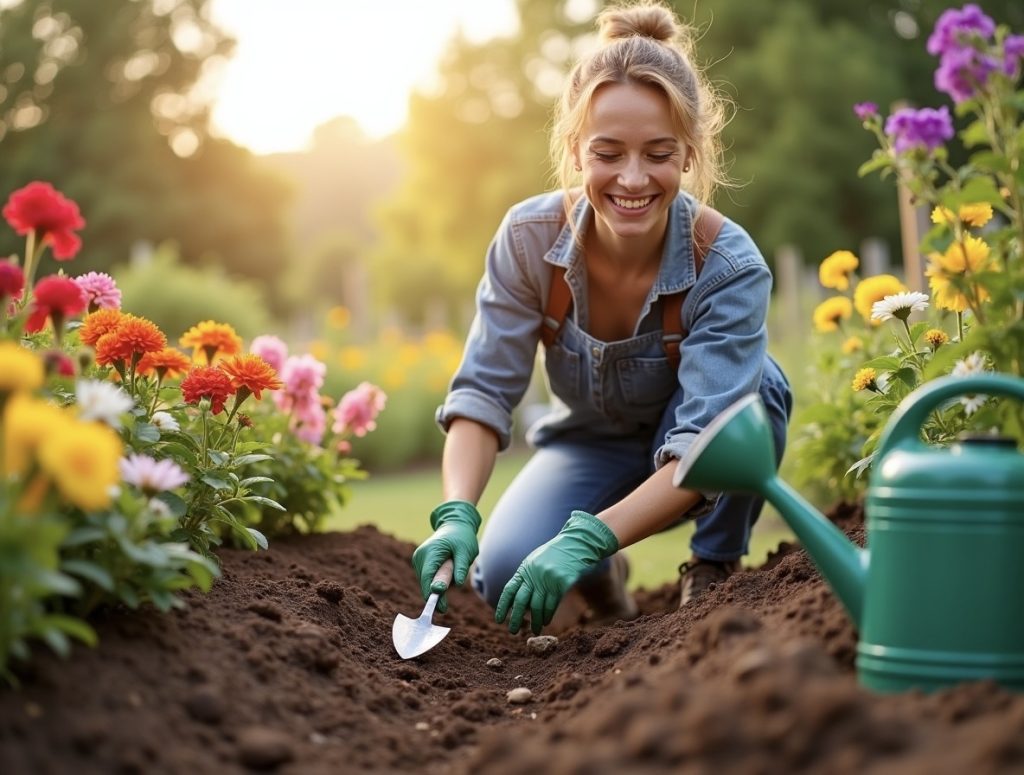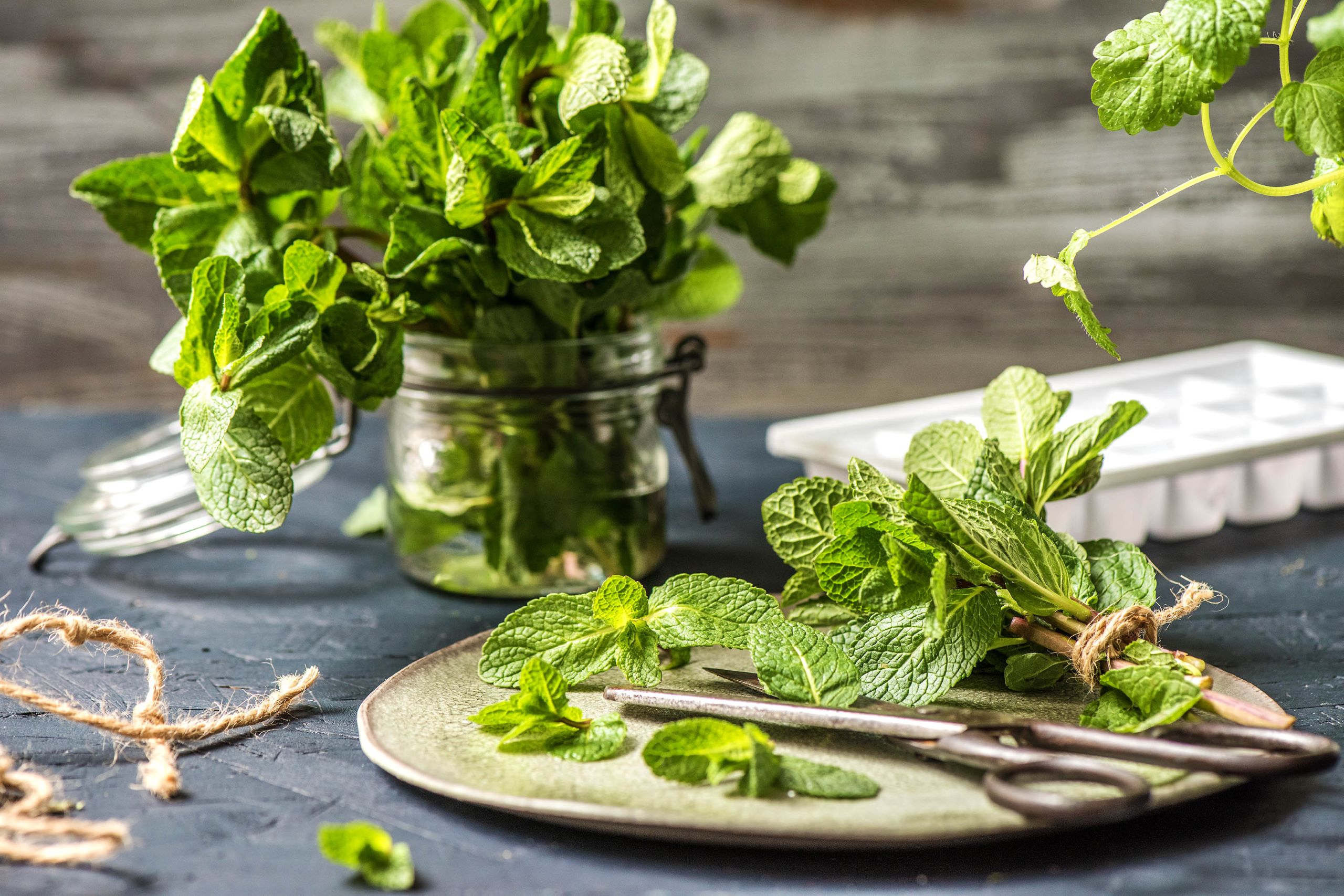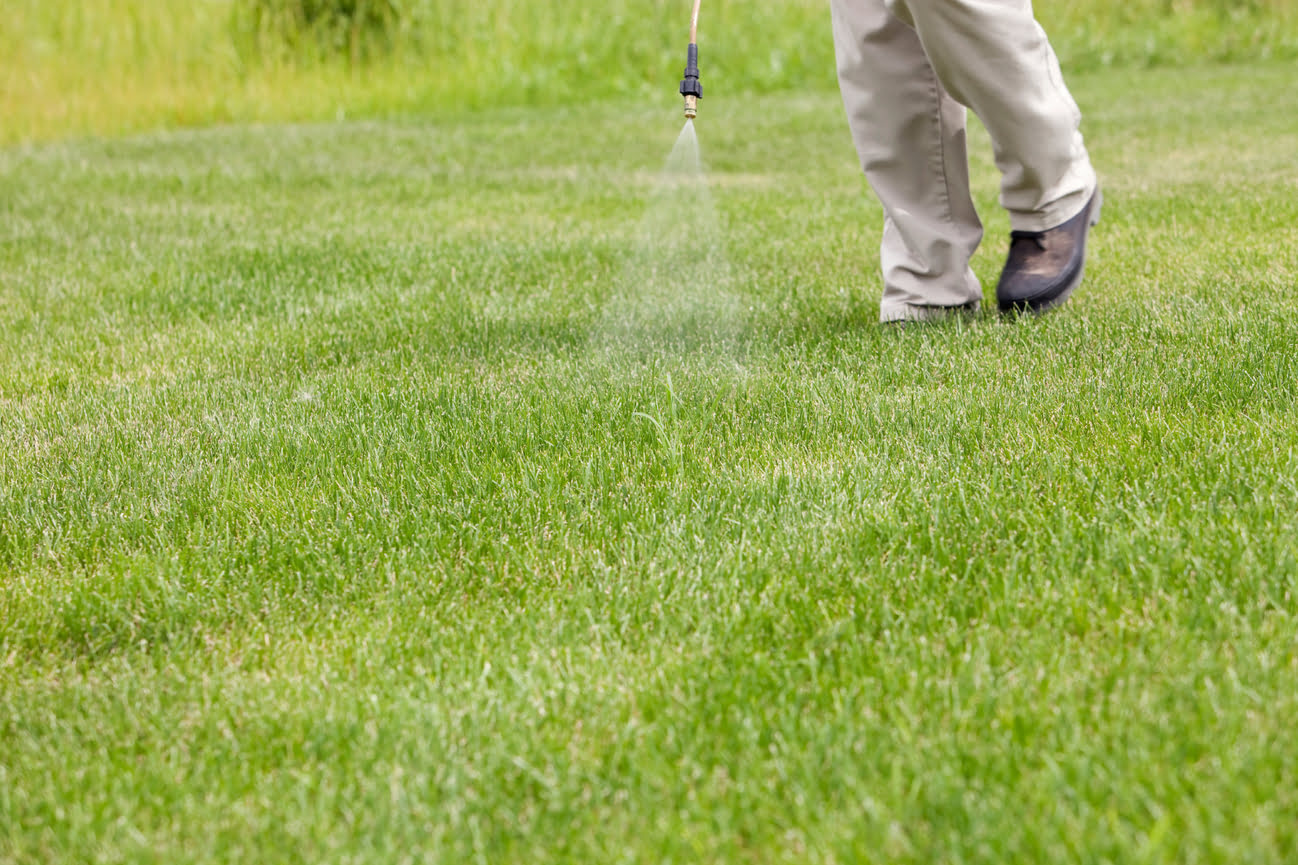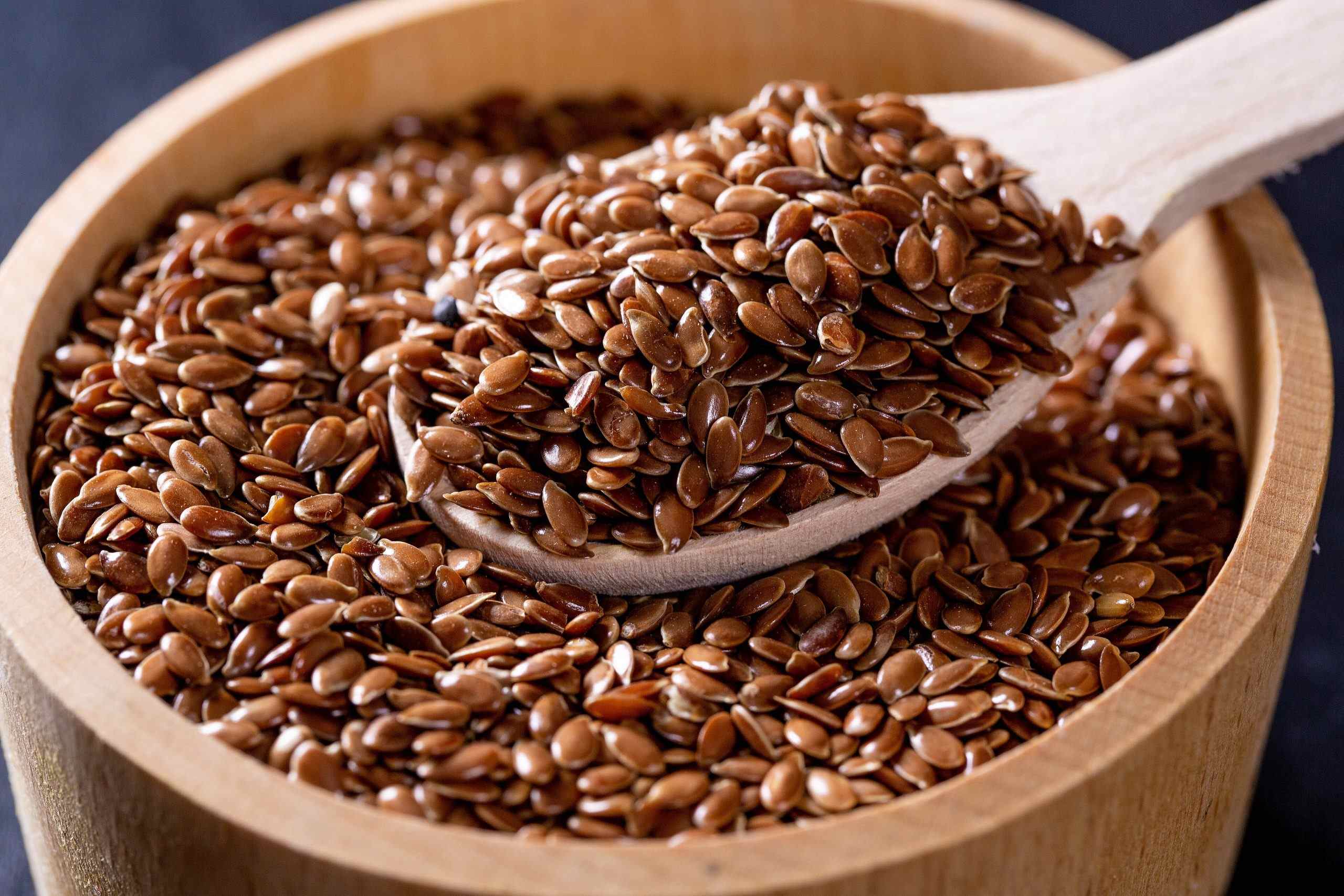Home>Gardening Techniques>DIY Projects>How Long Do Irrigation Systems Last
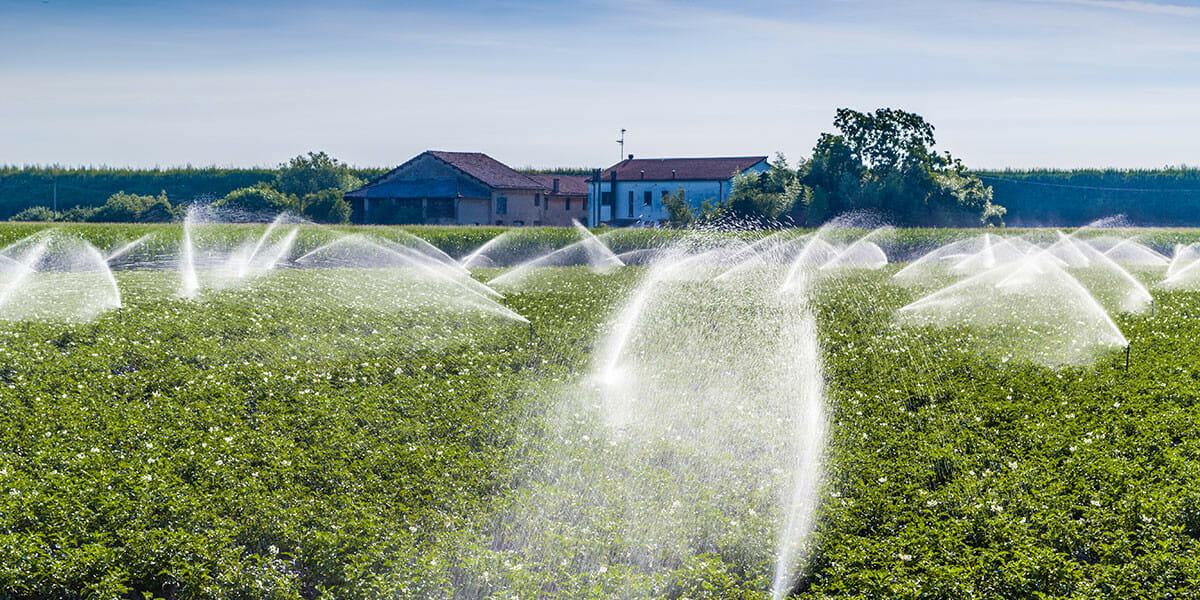

DIY Projects
How Long Do Irrigation Systems Last
Modified: January 22, 2024
Discover how long irrigation systems typically last and get expert insights on DIY projects to help you maintain and extend their lifespan
(Many of the links in this article redirect to a specific reviewed product. Your purchase of these products through affiliate links helps to generate commission for Chicagolandgardening.com, at no extra cost. Learn more)
Table of Contents
Introduction
Welcome to the world of DIY projects! If you’re a homeowner or a gardening enthusiast, you know that having a functional and efficient irrigation system is essential for maintaining a beautiful and healthy outdoor space. Whether you’re watering your lawn, flower beds, or vegetable garden, a well-designed irrigation system can save you time, money, and effort.
But, just like any other systems or equipment, irrigation systems also have a lifespan. Knowing how long your irrigation system will last can help you plan for replacements or upgrades in the future. In this article, we will explore the factors affecting the longevity of irrigation systems, the different types of systems available, common issues and maintenance needs, signs of a failing system, expected lifespans for different components, and tips for extending the lifespan of your system.
By understanding how long your irrigation system is designed to last and how to properly maintain it, you can ensure that it continues to provide efficient and reliable watering for years to come. So, let’s dive in and learn about the lifespan of irrigation systems!
Factors Affecting Longevity of Irrigation Systems
The lifespan of an irrigation system can vary depending on several factors. Understanding these factors can help you determine how long your system is likely to last and what steps you can take to prolong its lifespan. Here are the main factors that can affect the longevity of your irrigation system:
- System Design and Installation: The design and installation of your irrigation system play a crucial role in its lifespan. A well-designed system that meets the specific needs of your landscape and is installed properly will have a longer lifespan compared to a poorly designed or improperly installed system. This includes factors such as proper pipe sizing, appropriate placement of sprinkler heads, and efficient water distribution.
- Quality of Components: The quality of the components used in your irrigation system can impact its longevity. Investing in high-quality sprinkler heads, valves, pipes, and other components can ensure that they are more durable and resistant to wear and tear.
- Water Quality: The quality of the water used in your irrigation system can also affect its lifespan. Water that is high in minerals, salts, or other contaminants can cause corrosion and clogging in the pipes and components, leading to reduced efficiency and a shorter lifespan of the system.
- Maintenance and Care: Regular maintenance and proper care are essential for the longevity of your irrigation system. This includes regular inspection of the system for leaks or damaged components, cleaning or replacing clogged sprinkler heads, adjusting watering schedules according to the changing seasons, and winterizing the system to protect it from freezing temperatures.
- Climate and Environmental Factors: Climate and environmental factors can also impact the lifespan of your irrigation system. Extreme weather conditions, such as excessive heat or freezing temperatures, can put additional strain on the system and potentially cause damage. Additionally, factors like soil type, slope, and vegetation can affect the efficiency and lifespan of the system.
By considering these factors and taking appropriate measures, you can ensure that your irrigation system reaches its maximum lifespan. In the next sections, we will explore different types of irrigation systems, common issues and maintenance needs, signs of a failing system, expected lifespans for different components, and tips for extending the lifespan of your system.
Types of Irrigation Systems
When it comes to irrigation systems, there are several different types to choose from, each with its own advantages and suitability for different landscapes and watering needs. Here are some of the most common types of irrigation systems:
- Sprinkler System: Sprinkler systems are the most widely used type of irrigation system. They consist of a network of underground pipes with sprinkler heads that distribute water over a designated area. Sprinkler systems can be further categorized into pop-up sprinklers, rotor sprinklers, and impact sprinklers, depending on the method of water distribution.
- Drip Irrigation: Drip irrigation systems are designed to deliver water directly to the base of plants, minimizing water wastage through evaporation and runoff. They use a network of tubes with emitters that release slow, consistent drips of water to the root zone of plants. Drip irrigation is particularly suitable for gardens, flower beds, and areas with plants that have specific watering requirements.
- Soaker Hoses: Soaker hoses are porous hoses that release water along their entire length. They are typically laid on the ground or buried under mulch and deliver water directly to the soil, reducing water loss from evaporation. Soaker hoses are ideal for gardens, flower beds, and areas with dense plantings.
- Micro-Spray Irrigation: Micro-spray irrigation systems utilize low-pressure sprinklers or sprayers to deliver water in a fine mist or spray pattern. They are commonly used in smaller areas or for specific plantings, such as hanging baskets, container gardens, or greenhouse plants.
- Subsurface Irrigation: Subsurface irrigation systems involve burying perforated pipes or tubes beneath the soil surface. Water is delivered directly to the root zone of plants, promoting deep root growth and minimizing water loss through evaporation. Subsurface irrigation can be particularly beneficial for lawns, sports fields, and areas with compacted soils.
Each type of irrigation system has its own advantages and considerations. Factors such as the size and shape of the area to be irrigated, the type of vegetation, and water conservation goals will help determine the most suitable system for your needs. It’s essential to consider these factors and consult with a professional if needed to ensure that you select the right irrigation system for your landscape.
Common Issues and Maintenance Needs
Like any other system, irrigation systems can experience issues and require regular maintenance to ensure optimal performance. By addressing these common issues and staying on top of maintenance tasks, you can extend the lifespan of your irrigation system. Here are some of the most common issues and maintenance needs to be aware of:
- Leaking Pipes or Valves: Leaks in the pipes or valves of your irrigation system can lead to water wastage and reduced effectiveness. Regularly inspect your system for any signs of leaks, such as wet spots or pooling water, and repair them promptly.
- Clogged Sprinkler Heads: Over time, sprinkler heads can become clogged with dirt, debris, or mineral deposits, affecting their efficiency. Clean or replace clogged sprinkler heads to ensure proper water distribution and prevent dry spots in your landscape.
- Uneven Water Distribution: If you notice areas of your lawn or garden receiving too much or too little water, it could be a sign of improper sprinkler head adjustment or a damaged valve. Regularly monitor the water distribution and adjust the settings or repair the components as needed.
- Controller Malfunctions: The controller is the brain of your irrigation system, and malfunctions can disrupt your watering schedule. Regularly check the controller for any error messages, faulty wiring, or programming issues. Replace batteries regularly and consider upgrading to a programmable smart controller for added convenience and water efficiency.
- Overwatering or Underwatering: Inaccurate watering can lead to wasted water or stressed plants. Monitor your landscape for signs of overwatering or underwatering, such as pooling water or wilting plants, and adjust your watering schedule accordingly.
- Winterization: In colder climates, it’s essential to winterize your irrigation system to protect it from freezing temperatures. Drain the water from the pipes and shut off the system before the first freeze. Consider insulating exposed pipes and valves to prevent damage.
Regular maintenance is key to ensuring the proper functioning of your irrigation system. Create a maintenance schedule and perform routine inspections to identify and address any issues promptly. By addressing these common issues and staying on top of maintenance needs, you can keep your irrigation system running efficiently and prolong its lifespan.
Signs of a Failing Irrigation System
A failing irrigation system can lead to a host of problems, from water wastage to plant stress and damage. It’s important to be aware of the signs that indicate your irrigation system may not be functioning properly. By recognizing these signs early on, you can take action to address any issues and prevent further damage. Here are some common signs of a failing irrigation system:
- Poor Water Pressure: If you notice a significant decrease in water pressure coming from your sprinkler heads, it may indicate a problem with the system. This could be due to clogged nozzles, leaks in the pipes, or an issue with the water source. Inspect the system to identify the cause and make necessary repairs.
- Uneven Water Distribution: If certain areas of your landscape are consistently lusher or drier than others, it may indicate an issue with the sprinkler heads or valves. Inspect the sprinkler heads for clogs or damage and ensure that they are properly adjusted to distribute water evenly.
- Puddles or Pooling Water: If you notice puddles or pooling water in your lawn or garden, it could indicate a leak in the irrigation system. Look for soggy or saturated areas, as well as signs of erosion around the sprinkler heads or pipes. Repair any leaks to prevent water loss and potential damage to your landscape.
- Excessive Water Usage: A sudden increase in your water bill without any obvious explanation could be a sign of a malfunctioning irrigation system. Monitor your water usage and look for any spikes that coincide with watering cycles. Inspect the system for leaks or other issues that could be causing excessive water consumption.
- Inconsistent Plant Health: If your plants are showing signs of stress, such as wilting, yellowing leaves, or stunted growth, it may be due to a lack of adequate irrigation. Check the irrigation system to ensure it is delivering sufficient water to the root zones of your plants.
- Noisy Operation: Unusual noises coming from your irrigation system, such as hissing or banging sounds, could indicate a problem. These noises may be caused by a damaged valve or water hammer effect. Inspect the system and make any necessary repairs to prevent further damage.
If you notice any of these signs in your irrigation system, it’s important to take action promptly. Ignoring these issues can lead to more extensive damage and higher repair costs. Regular inspections and maintenance can help prevent many of these problems, but if you’re unsure or unable to identify and address the issues yourself, consult with a professional irrigation specialist.
Lifespan Expectations for Different Irrigation Components
The lifespan of irrigation components can vary depending on several factors, including the quality of the components, maintenance practices, and environmental conditions. Understanding the expected lifespan of different irrigation components can help you plan for replacements and budget accordingly. Here are some general guidelines for the lifespan of common irrigation components:
- Sprinkler Heads: The lifespan of sprinkler heads typically ranges from 5 to 10 years. However, with proper maintenance and cleaning, it is possible for them to last even longer. Factors such as exposure to harsh weather conditions, physical damage, and clogging can affect their longevity.
- Valves: Valves are crucial components of an irrigation system that control the flow of water. They generally have a lifespan of around 7 to 15 years. Regular inspection and maintenance, such as lubricating moving parts and replacing worn-out seals, can help extend their lifespan.
- Pipes and Fittings: The lifespan of pipes and fittings in an irrigation system depends on the material used. PVC pipes, commonly used in irrigation systems, can last anywhere from 20 to 40 years. However, factors like exposure to direct sunlight, extreme temperatures, and soil conditions can impact their durability. Metal pipes, such as galvanized steel or copper, have a longer lifespan but are less commonly used in residential irrigation systems due to higher costs.
- Controllers: The lifespan of irrigation controllers, also known as timers, can vary depending on the quality of the unit and regular maintenance. Generally, a well-maintained controller can last around 5 to 10 years. Upgrading to a programmable smart controller can provide added features and extend its useful life.
- Sensors: Irrigation sensors, such as rain sensors or soil moisture sensors, are designed to improve water efficiency by preventing overwatering. These sensors typically have a lifespan of 5 to 10 years. Regular calibration and maintenance are essential to ensure their accuracy and prolong their lifespan.
It’s important to note that these lifespan expectations are general guidelines, and actual lifespans can vary based on individual circumstances. Factors such as water quality, usage patterns, and maintenance practices can influence the lifespan of irrigation components. Regular inspection, maintenance, and timely replacements can help maximize the lifespan of your irrigation system and minimize potential disruptions or costly repairs.
Extending the Lifespan of Your Irrigation System
Proper maintenance and care are key to extending the lifespan of your irrigation system and ensuring its optimal performance. By following these tips, you can maximize the longevity of your system:
- Regular Inspections: Perform routine inspections to identify any issues or potential problems with your irrigation system. Check for leaks, clogged sprinkler heads, misaligned valves, and any signs of wear or damage. Address these issues promptly to prevent further damage and water wastage.
- Adjust Watering Schedule: Adjust your watering schedule according to the changing seasons and weather conditions. Overwatering can lead to water wastage and stress your plants, while underwatering can cause them to wilt and suffer. Consider using a smart irrigation controller that adjusts watering based on real-time weather data and plant needs.
- Clean Sprinkler Heads: Regularly clean and inspect your sprinkler heads to ensure proper water distribution. Remove any clogs, dirt, or debris that may obstruct the spray pattern. This will help maintain optimal water coverage and prevent dry spots in your landscape.
- Winterize Your System: If you live in an area with freezing temperatures, it’s essential to winterize your irrigation system. Properly drain and shut off the system before the first freeze to prevent damage to pipes and components. Consider using insulation to protect exposed pipes and valves.
- Monitor Water Pressure: Excessive water pressure can put strain on your irrigation system and cause damage. Use a pressure regulator to ensure that the water pressure remains within the recommended range for your system. This will help prevent leaks and extend the lifespan of your components.
- Use High-Quality Components: Invest in high-quality sprinkler heads, valves, pipes, and other components for your irrigation system. While they may come at a higher initial cost, they are more durable and resistant to wear and tear. High-quality components can significantly extend the overall lifespan of your irrigation system.
- Monitor Water Quality: Regularly test the quality of the water used in your irrigation system. Water that is high in minerals, salts, or other contaminants can cause corrosion and clogging in pipes and components. Consider installing a filtration system if necessary to protect your system from water-related issues.
- Keep Records: Maintain a detailed record of the maintenance and repairs done on your irrigation system. This will help you stay on top of necessary tasks and identify patterns or recurring issues. It also provides a valuable reference for future inspections and upgrades.
By following these best practices, you can minimize the risk of irrigation system failures, prolong its lifespan, and ensure that your landscape receives efficient and reliable watering. Regular maintenance, proper adjustments, and using high-quality components are essential for the long-term performance and longevity of your irrigation system.
Conclusion
Your irrigation system plays a vital role in maintaining a healthy and vibrant outdoor space. Understanding the factors that affect the longevity of your irrigation system, the different types of systems available, common issues and maintenance needs, signs of a failing system, expected lifespans for different components, and tips for extending its lifespan are essential in ensuring its optimal performance.
By investing in a well-designed and properly installed irrigation system, using high-quality components, and practicing regular maintenance, you can maximize the lifespan of your system and prevent costly repairs. Regular inspections, adjusting watering schedules, cleaning sprinkler heads, winterizing the system, monitoring water pressure and quality, and keeping records of maintenance tasks are all crucial components of extending the life of your irrigation system.
Remember to consult with a professional if you’re unsure about any issues or if you need assistance with maintenance or repairs. Their expertise can help ensure that your irrigation system continues to operate efficiently for years to come.
So, take the necessary steps to care for your irrigation system, and enjoy the benefits of a lush, healthy, and well-maintained landscape!
